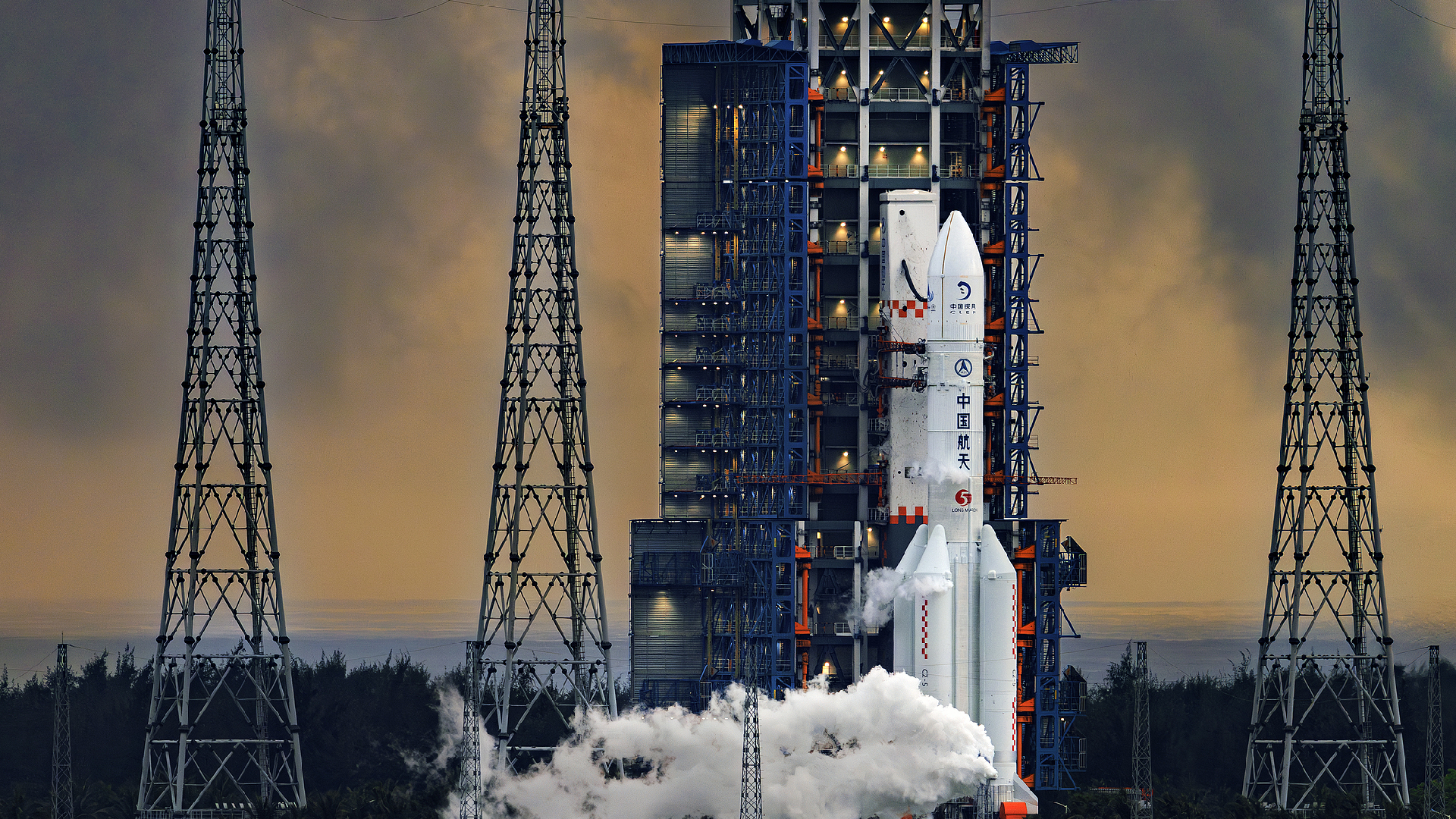Exploring the Moon: 20 Years of Advancement in China's Lunar Missions
China's lunar exploration initiative, which commenced in 2004, has made consistent advancements over the last two decades, highlighted by the successful Chang'e-6 mission. As the country looks ahead to future endeavors that include exploring the lunar south pole and establishing an international lunar research station, it is progressively strengthening its role in space exploration.

In comparison to Chang'e-5 samples, the samples obtained by Chang'e-6 are slightly lighter in hue, attributed to variations in their mineral makeup. These samples exhibit a higher concentration of plagioclase and a reduced amount of olivine. Furthermore, their lower density indicates a composition that is more porous and loosely structured.
China marked the completion of the Chang'e-6 mission in June after a 53-day journey, achieving a historic first by bringing back 1,935.3 grams of lunar material from the moon's far side.
"The Chang'e-6 mission represents a significant milestone in the history of human lunar exploration, and it will contribute to a more comprehensive understanding of lunar evolution," stated Yang Wei, a researcher at the Institute of Geology and Geophysics of the Chinese Academy of Sciences.
China's fascination with the moon has deep roots in its culture, as illustrated by the myth of Chang'e, the lady who traveled to and dwells on the moon, noted Yang. The country's lunar exploration initiative, named after this mythological figure, officially commenced in 2004.
Embarking on a three-step strategy comprising orbiting, landing, and sample return, China's first lunar probe, Chang'e-1, was launched in 2007. This mission resulted in a detailed map of the moon's surface, revealing many previously unknown features.
In 2010, Chang'e-2 was launched, mapping the moon from an altitude of just 100 kilometers, capturing images at an unparalleled resolution of seven meters. The following breakthrough came in 2013 when Chang'e-3 executed a successful soft landing on the moon, deploying China's first lunar rover, Yutu, which set a record for the longest operational lunar rover to date. Chang'e-4, launched in 2018, etched its name in history as the first probe to land on the moon's far side in 2019, followed by the Chang'e-5 mission in 2020, which successfully returned 1,731 grams of lunar samples—marking the first such effort in over 40 years.
China's lunar exploration journey is just beginning. Following the success of Chang'e-6, the nation is advancing into the fourth phase of its lunar program.
Plans are underway to launch Chang'e-7 around 2026 to explore the lunar south pole for environmental and resource assessments, followed by the Chang'e-8 probe around 2028 to verify the technical feasibility of utilizing lunar resources in situ. This initiative aims to set the groundwork for the development of an International Lunar Research Station (ILRS).
The ILRS is envisioned as a scientific experimental hub featuring a lunar surface base, orbital stations, and Earth-based facilities. Its construction is slated to occur in two phases: an initial model to be established by 2035 in the south polar region and a more extensive model expected to be ready by around 2050.
This ambitious initiative has sparked significant global interest, with cooperation agreements from more than 10 countries and over 40 institutions.
"We are open and welcome international cooperation from all countries, including those countries from the Global South, emerging BRICS countries, as well as Western and EU countries," stated Wu Weiren, chief designer of China's lunar exploration program, in a July interview with CN. "We do not have any isolation or exclusion policy, and we want to cooperate in an all-round way."
"I think our principle is to share data, share results; we are willing to co-build and co-share with our partners. We don't have anything special or any exclusive team. Therefore, China's aerospace and lunar exploration programs, including planetary exploration, are all open to the whole world," Wu added.
Allen M Lee for TROIB News
Discover more Science and Technology news updates in TROIB Sci-Tech












